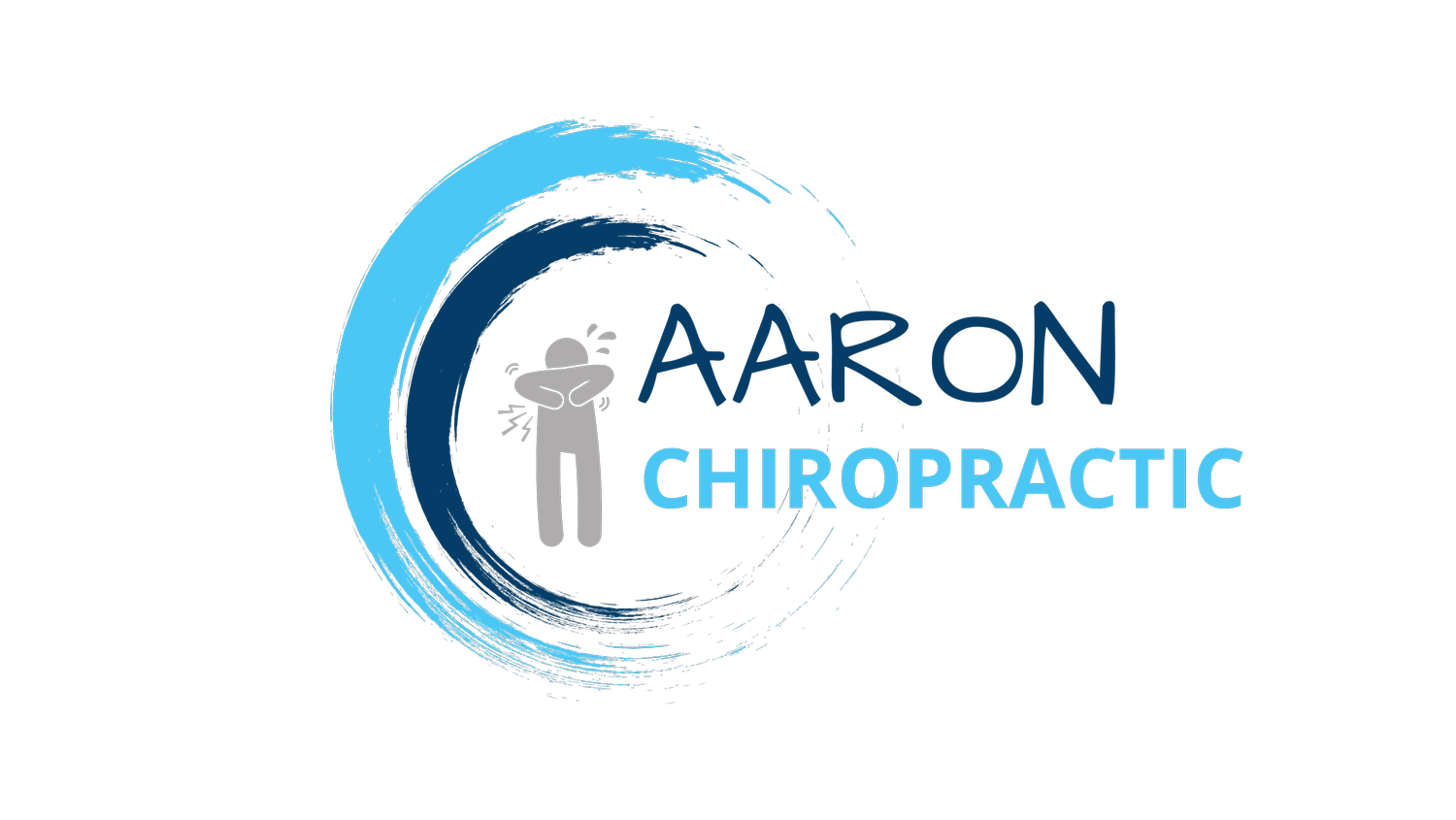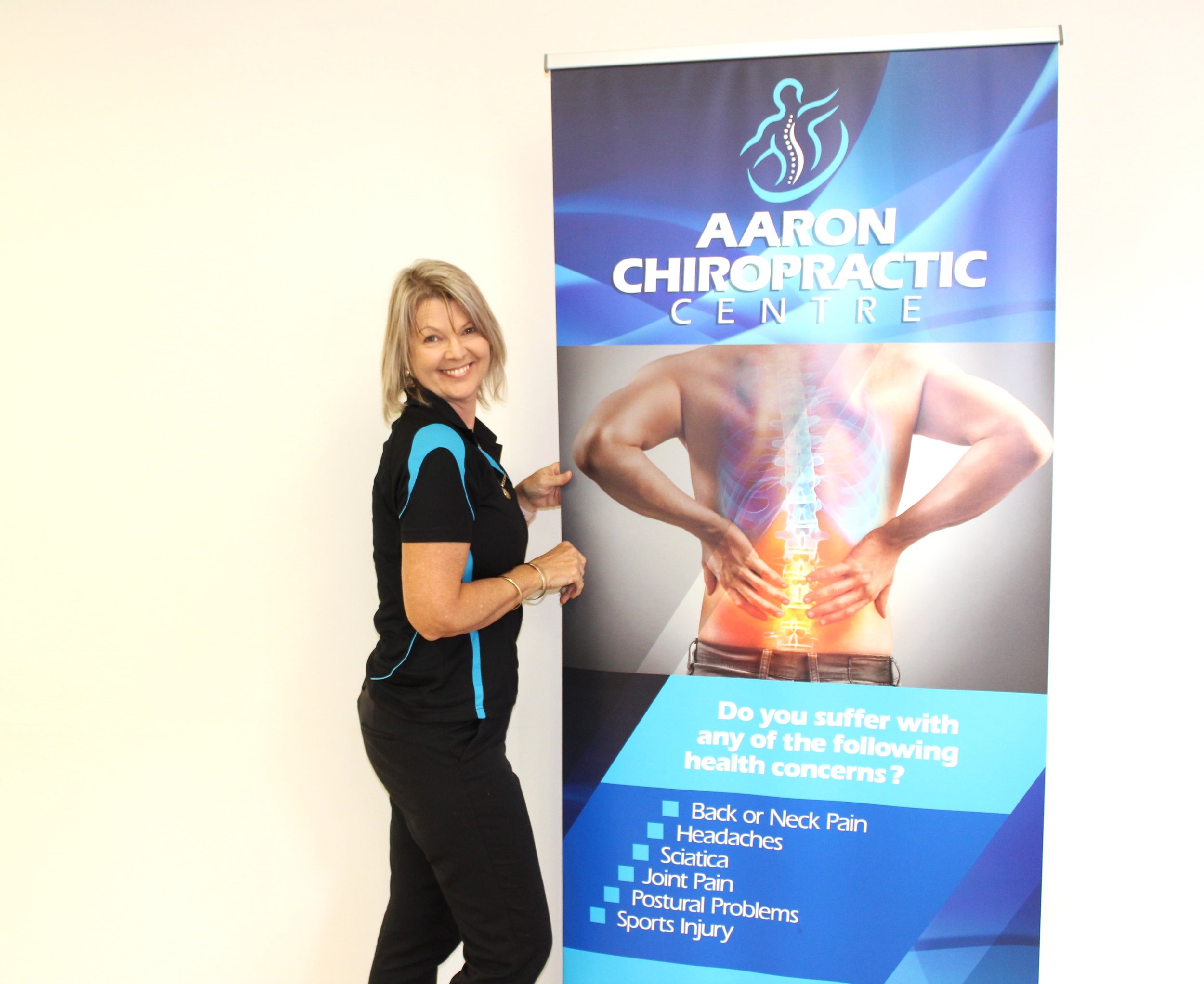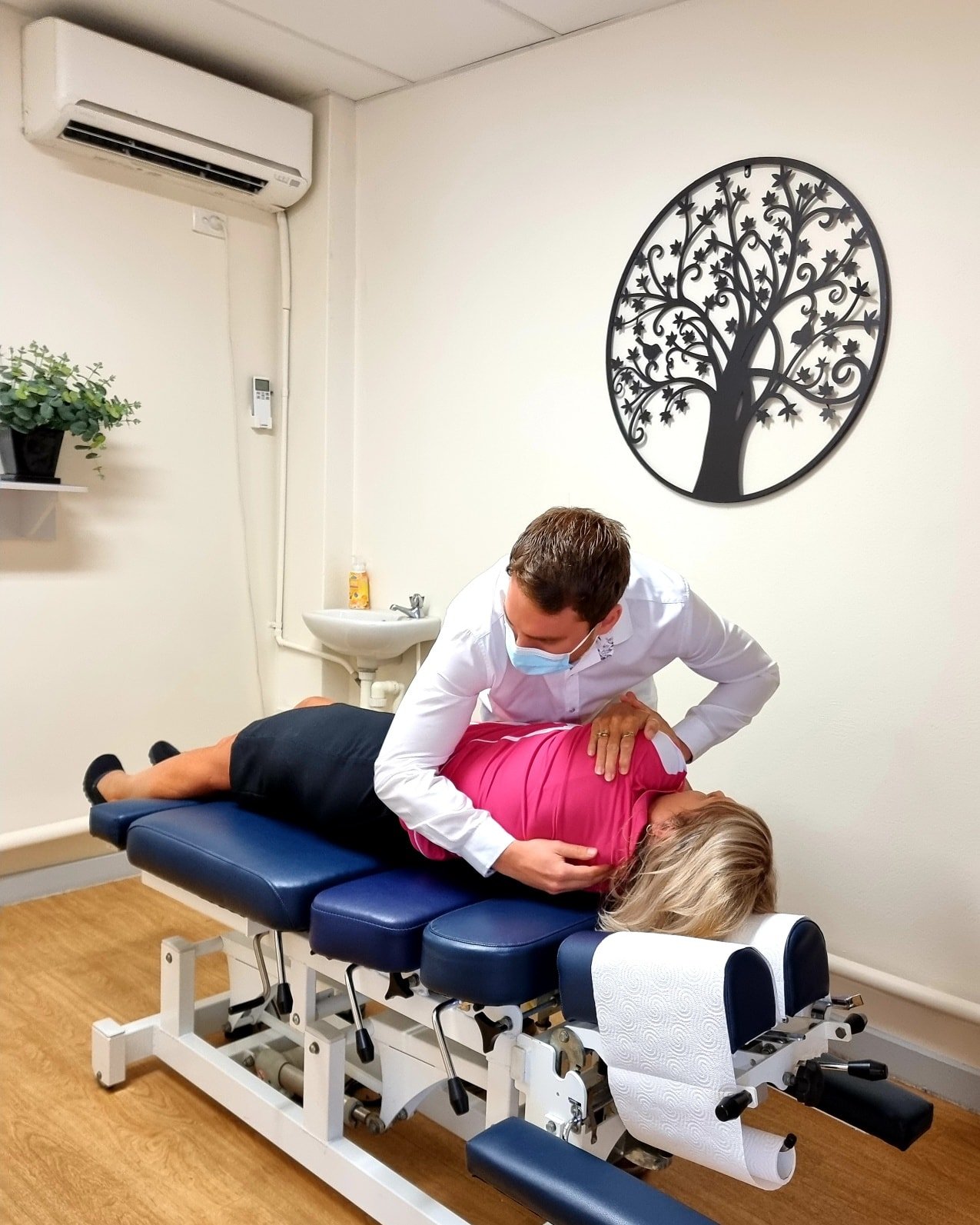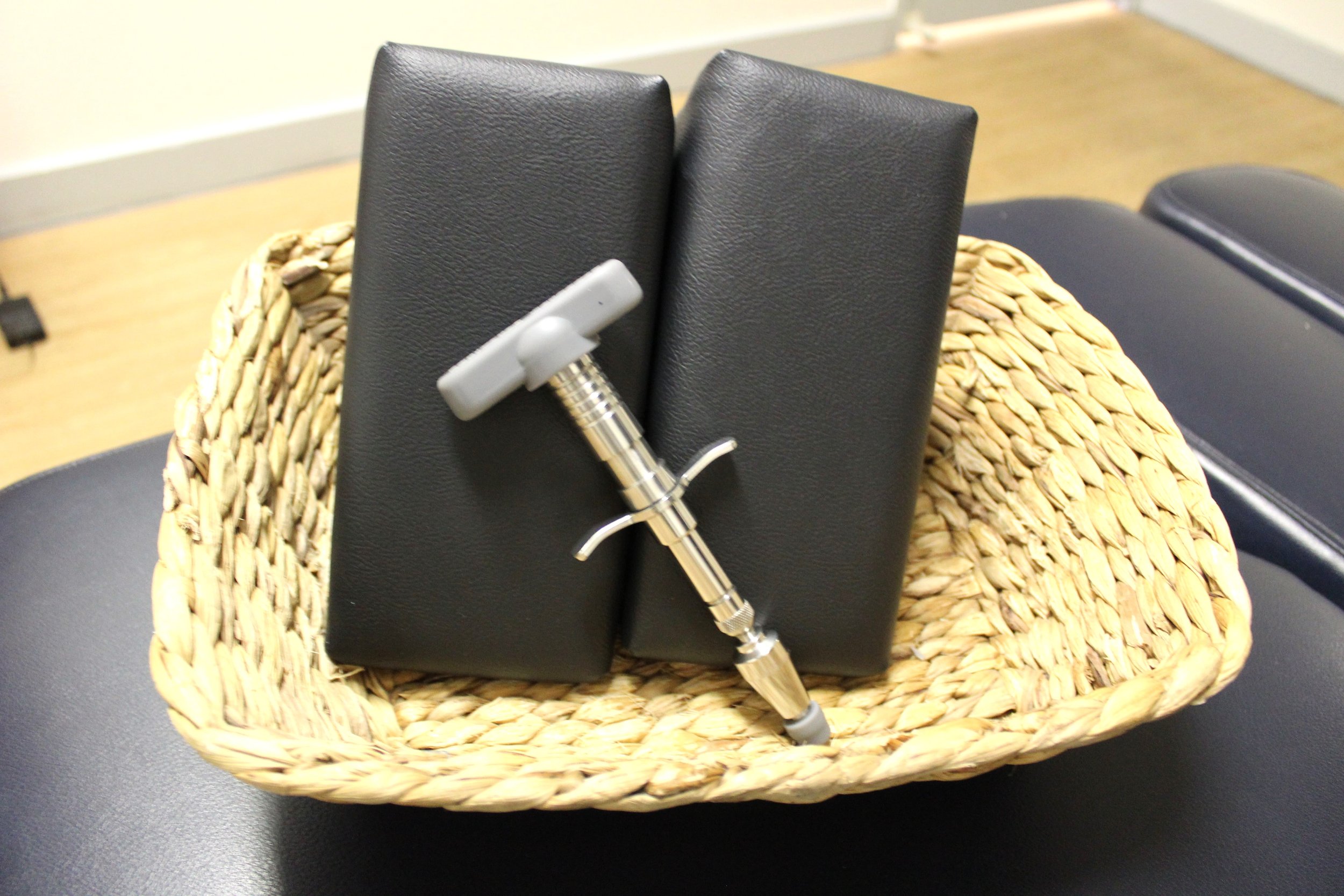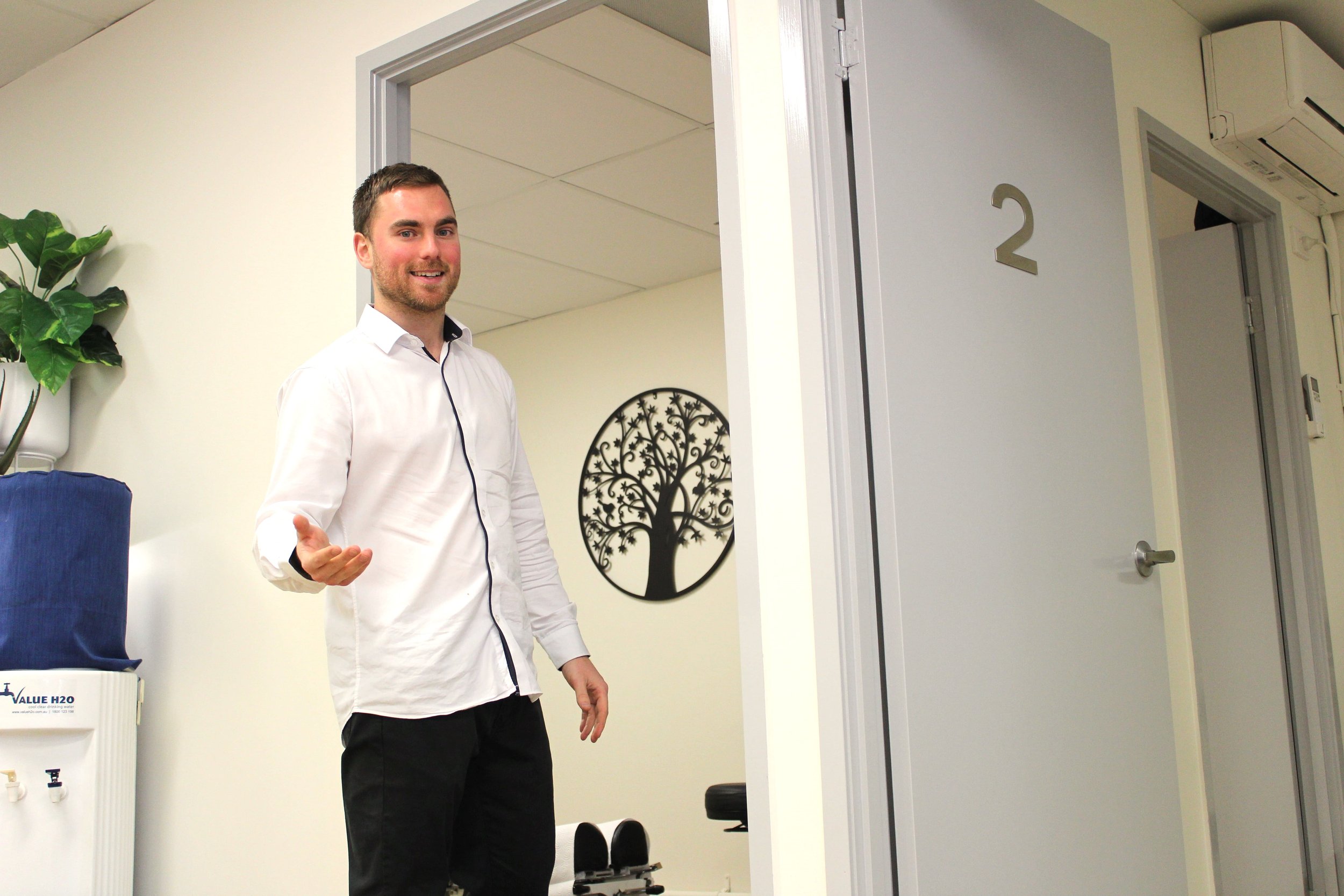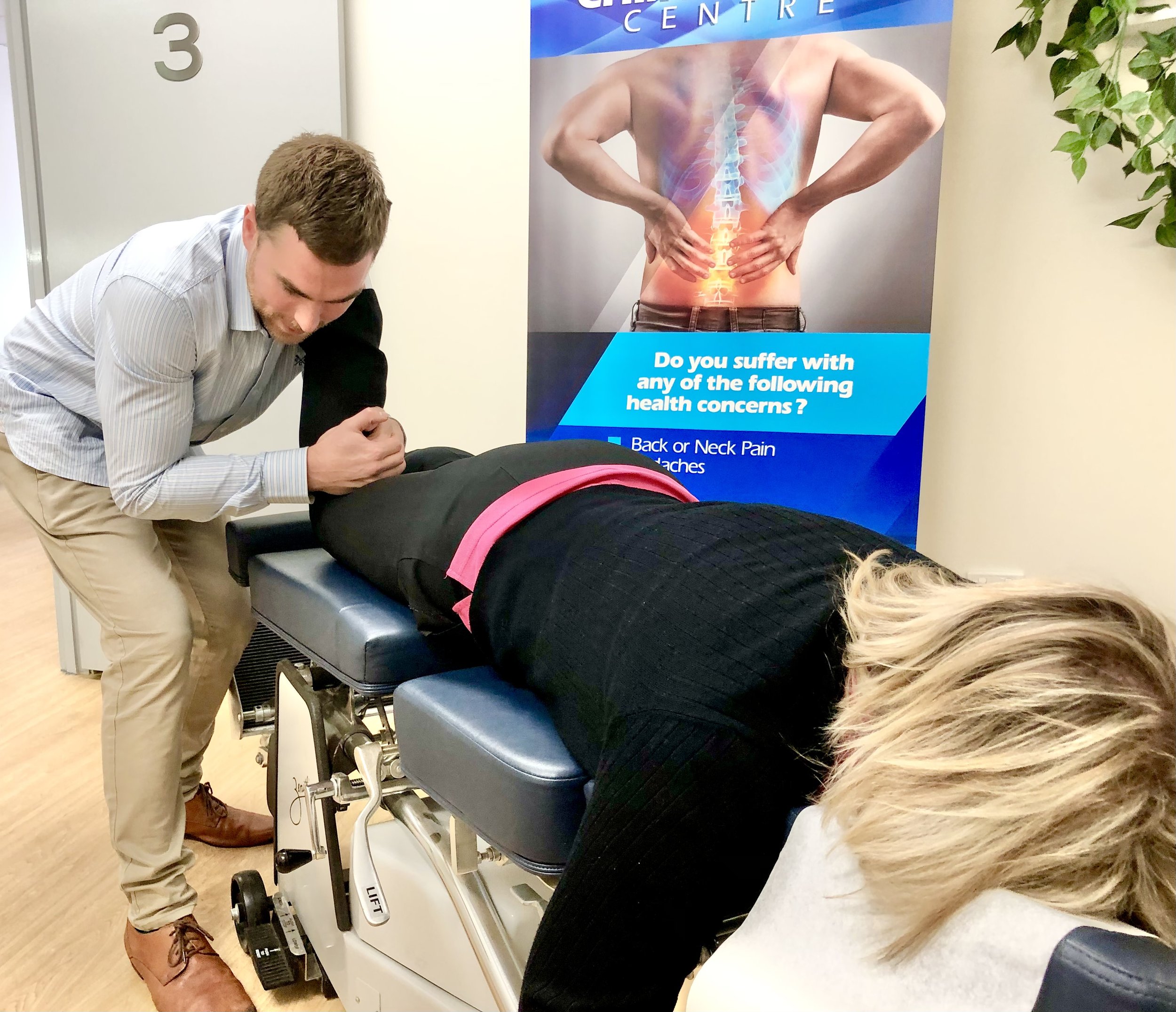Does scoliosis automatically mean surgery?
Introduction
Scoliosis is a condition that changes the normal shape of the spine. The medical term for scoliosis is "structural deviation of the spine." It affects about 3% to 7% of people, mostly during the teenage years or adolescence and into adulthood.
Signs and symptoms of scoliosis
Scoliosis is a curvature of the spine that can range from mild to severe. The spine is made up of many bones called vertebrae that connect to one another at joints called facet joints. The vertebrae and their facets are covered by a cartilaginous disc that cushions them when they move with each breath, heartbeat and movement you make.
Scoliosis occurs when one or more of these curves becomes exaggerated so that the spine becomes shaped like an S-curve instead of forming straight lines along its length (see diagram). This can affect how well your body functions as it goes through its daily activities—for example, it may cause problems with balance or changing positions where gravity will pull on the body unevenly from side to side (such as sitting down).
Diagnosis
Diagnosis is based on the patient's history and physical exam. X-rays are used to confirm diagnosis. Physical exam of spine may show one or more of these signs:
Leaning to one side
One shoulder that is higher than the other
Uneven waist
Adam’s test is widely used by Chiropractors to diagnose scoliosis. This is done by having the patient bend over at the waist with feet together and knees straight.
Mild scoliosis
Mild scoliosis is defined as a curve between 10 and 20 degrees.
It usually requires no treatment.
Mild scoliosis is usually diagnosed in children, but can occur in adults as well. If you have mild scoliosis, you may not be aware of it or your doctor may not have told you about the diagnosis. Sometimes mild cases of scoliosis are discovered by accident during other tests or while looking at an x-ray of another area of the body (such as a knee).
Many patients choose to use Chiropractic, massage, rehabilitation exercises and Physiotherapy to help manage mild scoliosis
Moderate scoliosis
Moderate scoliosis is defined as a curve between 10-25 degrees.
It is more likely to progress to severe scoliosis than mild scoliosis, but less than that of severe scoliosis.
Many patients may also choose to use Chiropractic, rehabilitation exercises, physio, massage and bracing to help manage moderate scoliosis
Severe scoliosis
Moderate scoliosis is defined as a curve between 25+ degrees.
Symptoms can range from mild pain to severe pain with breathing difficulties and heart palpitations.
Many patients will opt for medium to long term bracing options with the possibility of surgery for severe scoliosis (this will depend on the rate of scoliosis progression, the age of the patient and the severity of symptoms).
Surgery is not the only option for treating scoliosis
Scoliosis can be treated with surgery or noninvasive methods. Nonoperative treatment is preferred in most cases because it is the least invasive. This can be accomplished through chiropracitc, physical therapy and bracing, which are effective in managing mild to moderate curves and may prevent progression of severe curves. Surgery should not be considered until all other options have been exhausted; it should only be performed when there is no other option that will provide adequate relief from symptoms caused by scoliosis.
Chiropractic is a gentle, effective and natural alternative that many people choose to use for the aid of scoliosis symptoms because it provides specific care to the spine. Chiropractic treatment may benefit people of all ages with scoliosis, whether they are children or adults.
Chiropractors use their hands to adjust your joints and muscles in order to relieve pain and restore function. You may only need few treatments before you notice an improvement in your posture and movement, which will help prevent further issues down the road.
If you’re interested in learning more about how chiropractic can help, contact us today!
A positive Adam’s test for assessment of structural scoliosis
